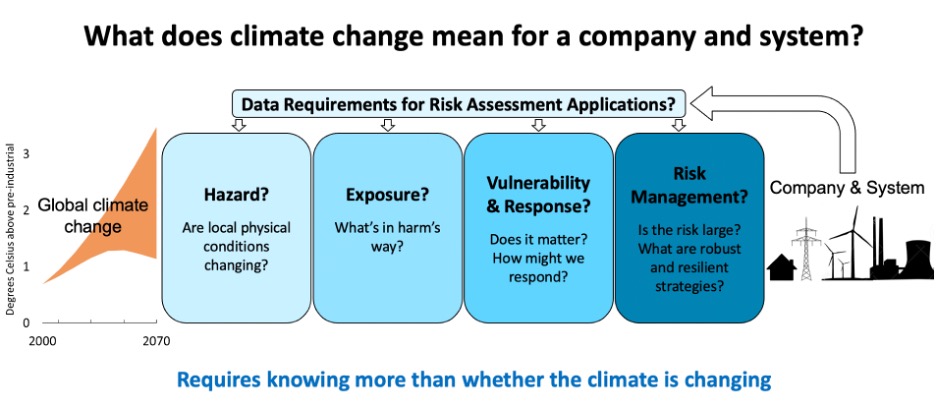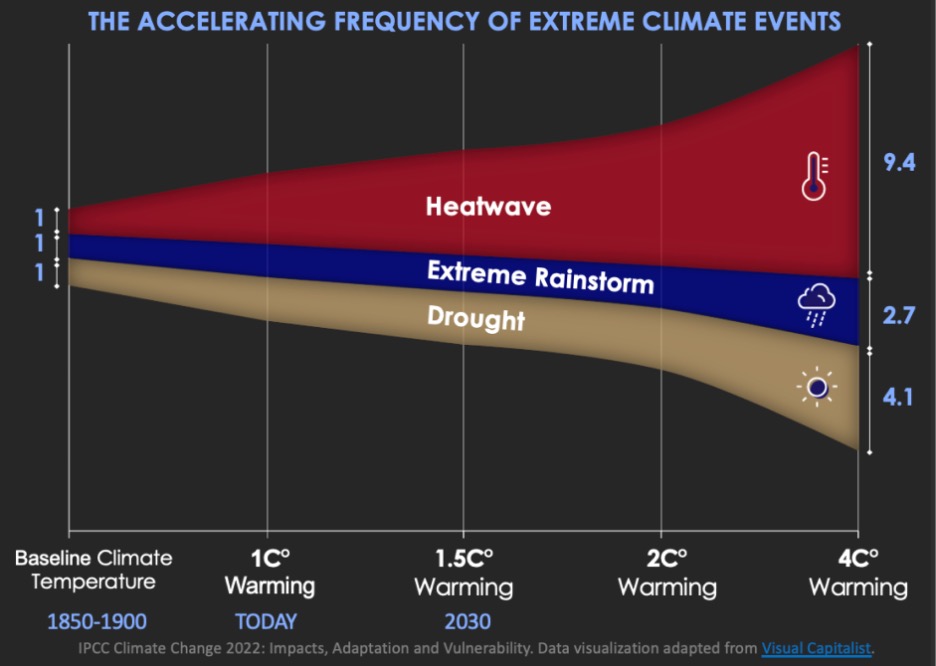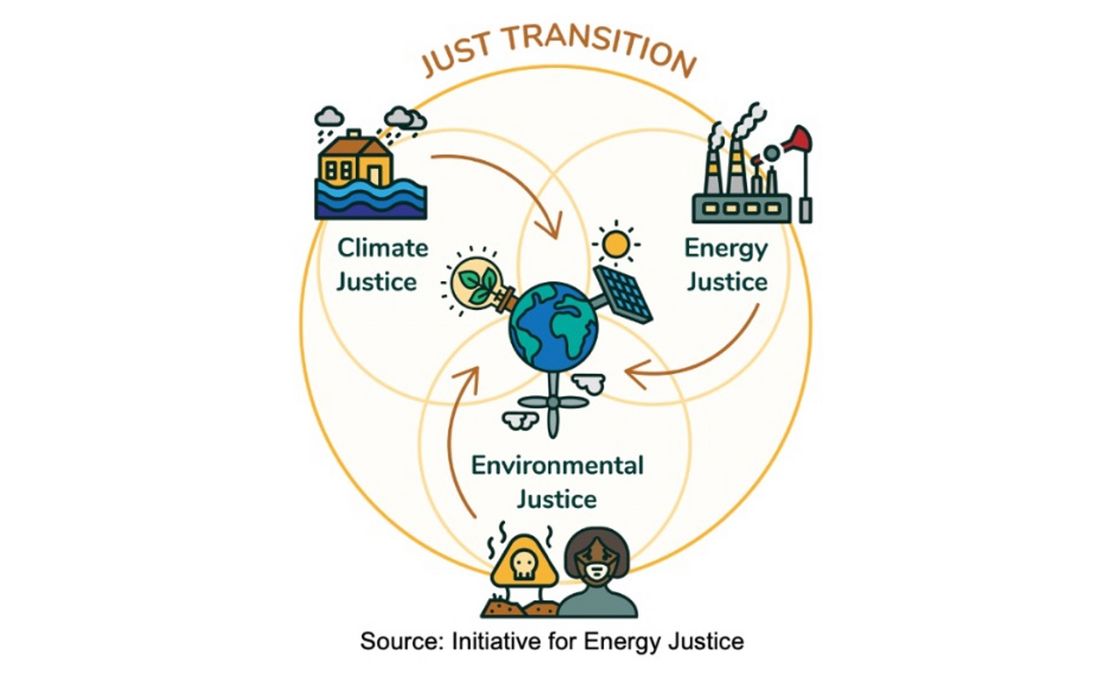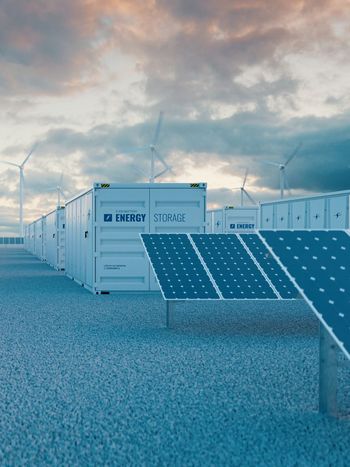A Climate Ready Power System: Reliable, Resilient and Affordable Decarbonization
CIGRE 2022 Paris Session Keynote Address

By Dr Arshad Mansoor, CEO, Electric Power Research Institute (EPRI)
The electric power system is the tip of the spear for reducing greenhouse gas emissions across economic sectors. Clean power is fueling the decarbonization of transportation, buildings and industry as power companies move rapidly toward reaching net-zero carbon emissions by 2050. As electricity delivers more of the energy that society requires, the importance of a clean, resilient, and reliable power system—one that’s climate ready—becomes more important than ever.
The electric power grid evolved through large, central power plants interconnected via grids of transmission lines and distribution networks that feed power to customers. Transforming the grid into a climate ready power system with a low-carbon resource mix and the resilience to withstand frequent and severe weather events will require the same animating force that spurred Thomas Edison in creating the light bulb; the same force that led to an interconnected power grid—what I call “the relentless pursuit of creative thinking.”
As we continue to move toward a net-zero society, it is vital to emphasize the importance of reliability and affordability. Low-carbon electricity generation is essential but not sufficient. Modern society and economies operate on a reliable and affordable supply of electricity. Failing to maintain reliability and affordability could affect customer acceptance and impact efforts to meet net-zero goals.
This paper examines key imperatives for the electricity sector to achieve this climate ready power system. These imperatives fall into three categories:
- Clean and reliable power systems that reduce GHG (greenhouse gas) emissions to mitigate the impacts of climate change
- Resilient power systems that operate reliably and provide affordable power in the face of severe weather events exacerbated by a changed and changing climate
- A just and equitable approach to decarbonization and electrification
Clean and Reliable Power Systems
Low-carbon sources of electricity are essential not only to address climate change by reducing GHG emissions from the power sector but also to enable other sectors to reach net-zero goals. Clean power is fueling the decarbonization of transportation, buildings, and industry—either directly by replacing fossil-fueled equipment with electric alternatives, or indirectly by creating hydrogen and other energy carriers that serve as inputs to industrial processes.
The Low-Carbon Resources Initiative (LCRI), jointly led by EPRI and GTI Energy, is working with more than 50 sponsoring organizations to identify and accelerate low-carbon technologies and energy carriers to enable affordable pathways to economy-wide decarbonization. LCRI is looking across the value chain to focus on large-scale deployment to 2030 and beyond, recognizing that technologies available today are not enough to get us to net-zero.

Clean power is not as simple as just increasing the amount of wind and solar generation. These variable resources must be integrated into the power system to reliably supply electricity around the clock in response to customer demand. This integration includes balancing the variable output of wind and solar resources with energy storage technologies and the flexible operation of the existing thermal generation fleet.
The successful integration of distributed energy resources (DER)—such as rooftop PV (photovoltaic), customer energy storage, or small generators sited close to customer loads—similarly depends on the existing electric power grid. To realize fully the value of distributed resources and to serve all consumers at established standards of quality and reliability, there is a need to integrate DER in the planning and operation of the electricity grid and to expand its scope to include DER operation—what EPRI calls the Integrated Grid.
A clean energy system also means transitioning from an energy system that relies primarily on fuel to one that depends more on critical minerals, such as those used in solar panels and batteries. We are moving from being fuel intensive, to material intensive. An important consideration moving forward will be material and manufacturing supply chains and how they may need to expand significantly and overcome transportation challenges to support rapid growth in clean energy technologies.
Resilient Power Systems
The climate is changing. According to the Intergovernmental Panel on Climate Change (IPCC) the world has experienced adverse impacts from climate change and will continue to face multiple climate hazards in the coming decades. The first half of 2022 brought extreme and unprecedented heat waves, drought, wildfires, rainstorms, and flooding across the globe, illustrating the trend of increasingly frequent and severe billion-dollar weather disasters. According to the U.S. National Oceanographic and Atmospheric Administration (NOAA), as of mid-July 2022 there have been nine weather/climate disaster events with losses exceeding $1 billion each to affect the United States. The 1980–2021 annual average is 7.7 events, and the annual average for the most recent five years (2017–2021) is 17.8 events. Other countries have experienced similar increases in severe weather events.

Our existing energy infrastructure (as well as other infrastructure such as water and transportation) was not designed nor built to withstand such events. Climate and weather extremes present a potentially significant and escalating risk because of their broad and compounding effects on power generation, transmission systems, distribution networks, and customer usage.
Efforts to bolster grid resilience against current and future climate change should be supported by the best scientific information and technical expertise available. Energy companies, regulators, policymakers, and other industry stakeholders require science-based insights about the future power system and the environment in which it will operate to identify optimal adaptation and resilience investments. Increasing grid resiliency will also require collaboration among all stakeholders.
Such collaborative efforts are under way around the world, opening opportunities to share information and leverage experience and expertise to address the challenges held in common. One such effort is EPRI’s Climate READi (REsilience and ADaptation initiative). EPRI recently launched Climate READi to convene global thought leaders and industry stakeholders to develop a common framework to address climate challenge. The Climate READi framework produced from this effort will embody one of the most comprehensive, integrated approaches to physical climate risk assessment. Climate READi will enable global energy companies, climate scientists, regulators, and other stakeholders to proactively analyze and apply climate data, allowing for the planning, design, and operation of resilient energy systems of the future. EPRI's unique combination of deep energy system modeling and climate risk assessment capabilities, plus 50-year collaboration with members, universities, national labs, and other energy stakeholders, provide the foundation to convene and develop the Climate READi framework.
As part of Climate READi, EPRI and NOAA recently entered into a three-year memorandum of understanding (MOU) focused on developing a scientifically based approach to physical climate risk assessment in the energy sector. Under the MOU, the organizations agreed to share publicly available knowledge, data, industry specific research, and ideas related to physical climate risk assessment, while leveraging respective resources, expertise, and facilities, among other provisions.
A Just and Equitable Energy Transition
The transition to a clean energy society will also need to be equitable. A just transition is one that accounts for benefits and protection associated with the shift to a low-carbon economy, which can include considerations across power generation (such as the retirement of fossil power plants), power delivery (for example, transmission siting and microgrid development), and end-use (such as energy efficiency programming development).

The transition to cleaner energy offers opportunities to engage with and meet the needs of disadvantaged and disproportionality impacted communities by delivering environmental benefits, economic opportunities, and innovation. Equitably distributing decarbonization costs and benefits requires deliberate planning and program implementation. Disadvantaged communities may be advanced, impacted, or left behind by decarbonization and electrification initiatives, energy efficiency programming, digital transformation, grid modernization, and power generation transitions. New technologies, policies, business models, processes, and programs must be designed, developed, and deployed with the needs of disadvantaged communities in mind to reduce carbon and equitably distribute costs, opportunities, impacts, and benefits.
Collaboration is Key
The energy industry is moving rapidly toward reaching net-zero carbon emissions by 2050. Many organizations worldwide are making the same commitment. Collaborative R&D is critically important to transition to a clean energy future and to meeting decarbonization goals while addressing reliability, affordability, and social equity.
Collaboration that brings together a variety of backgrounds, experiences, and perspectives will be key to defining the research agenda, identifying actionable goals, and building the tools and technologies that enable a better-informed and inclusive path forward.


